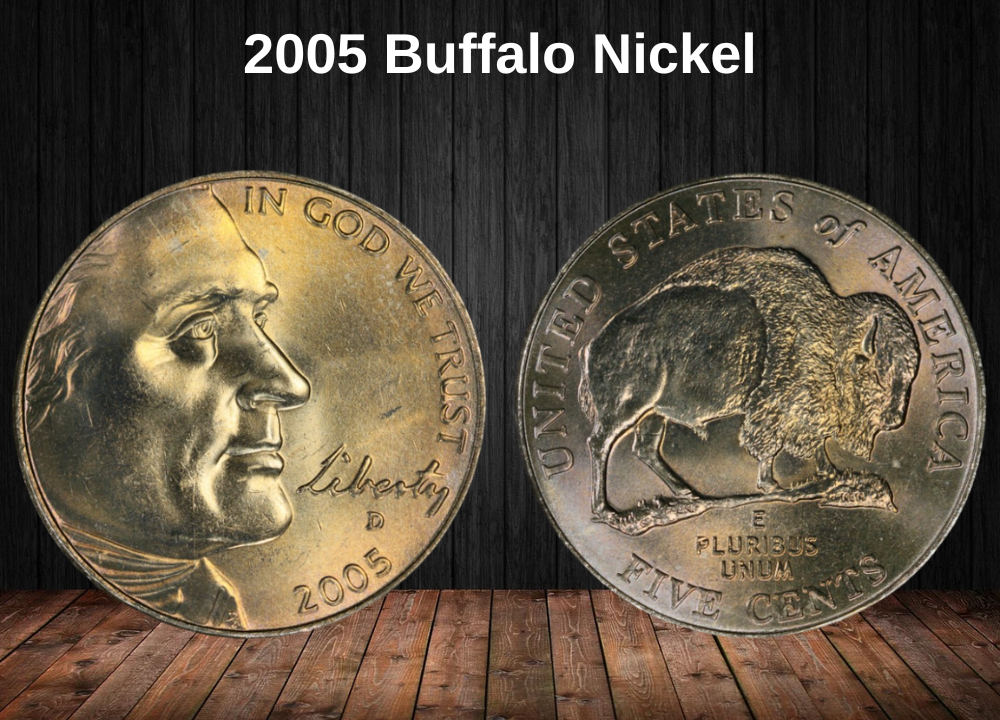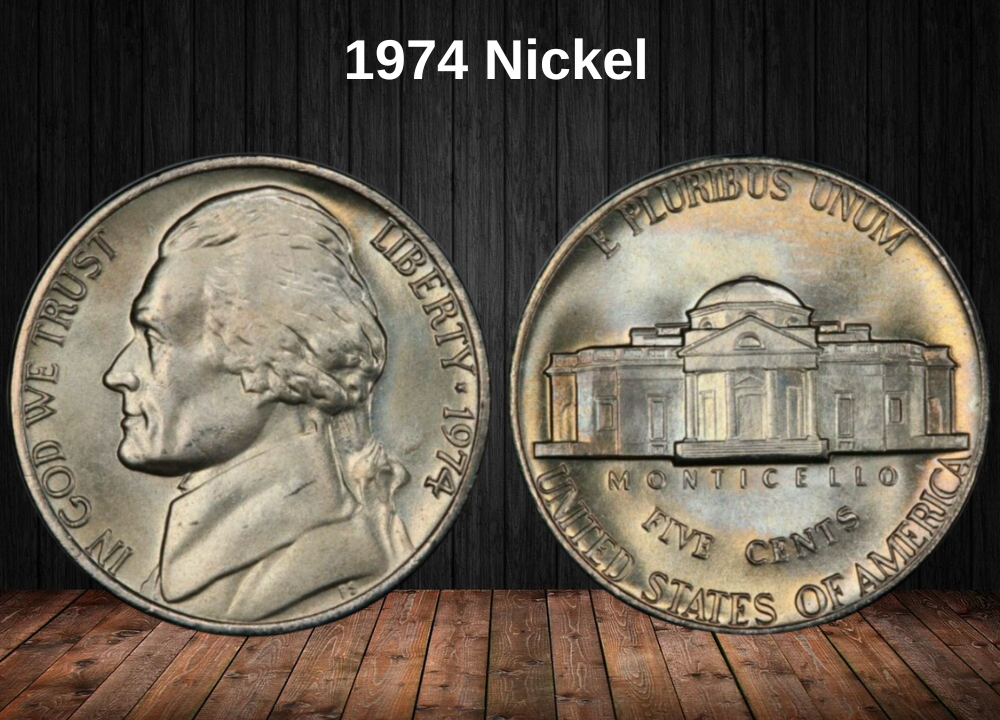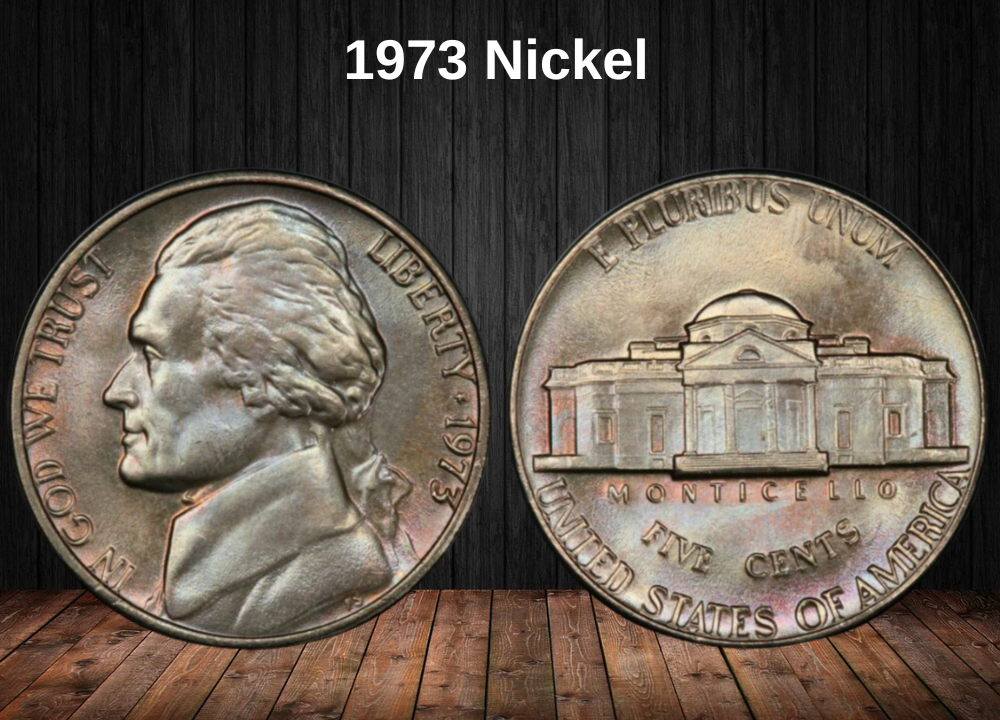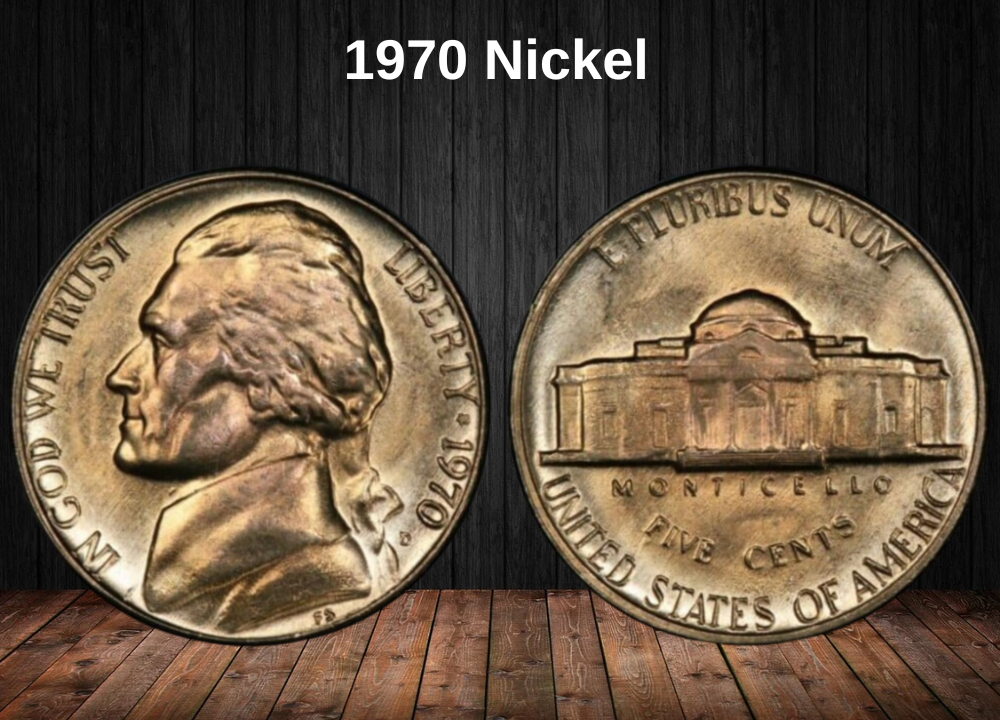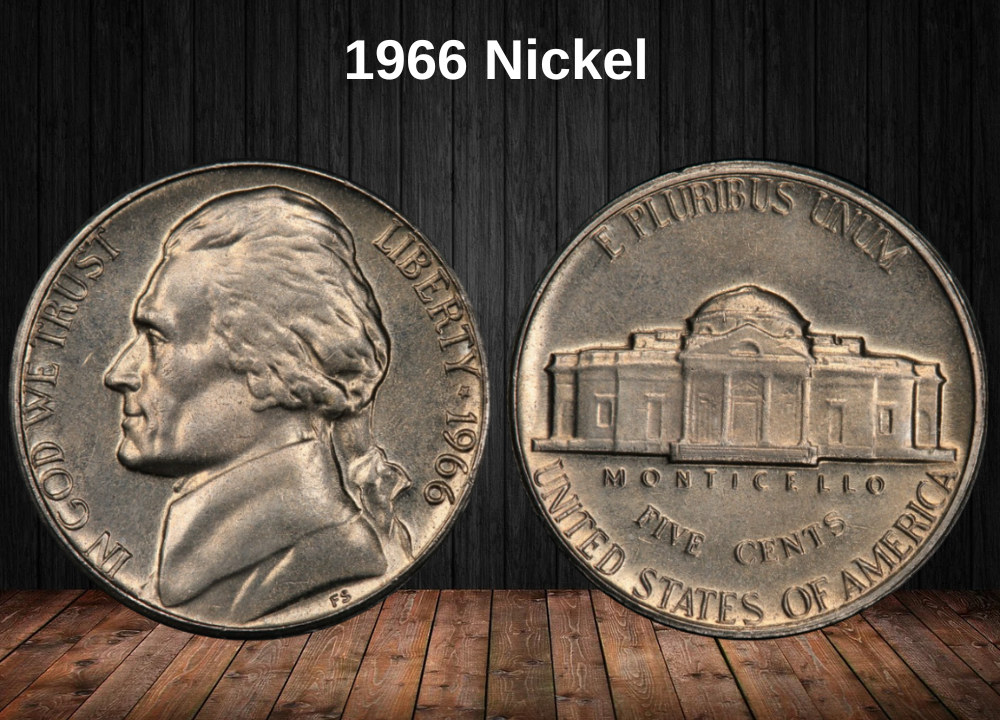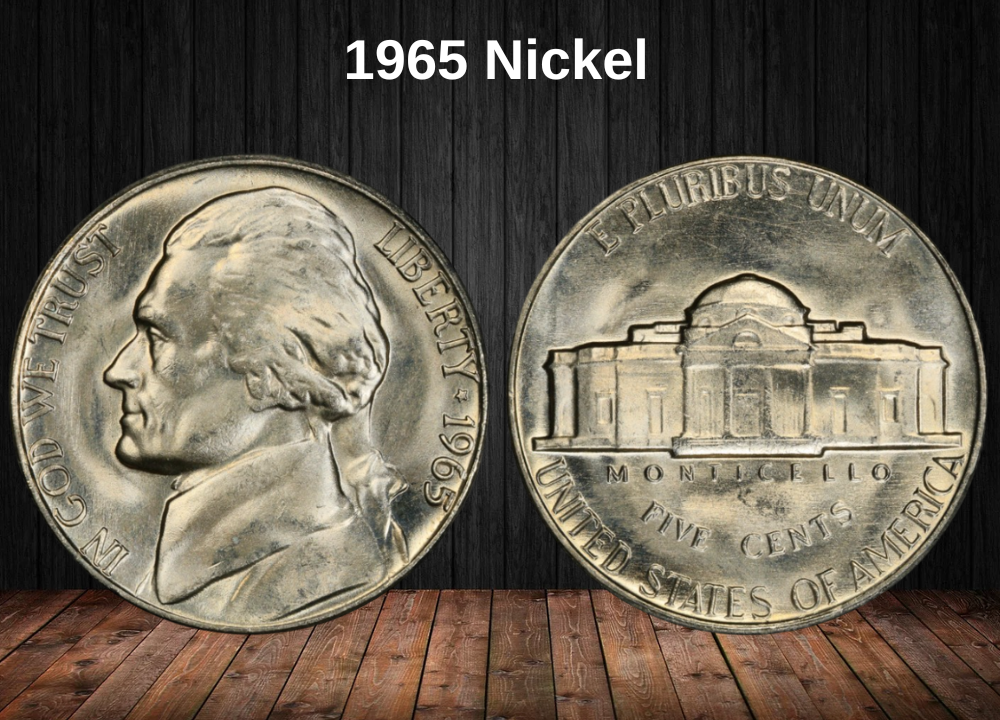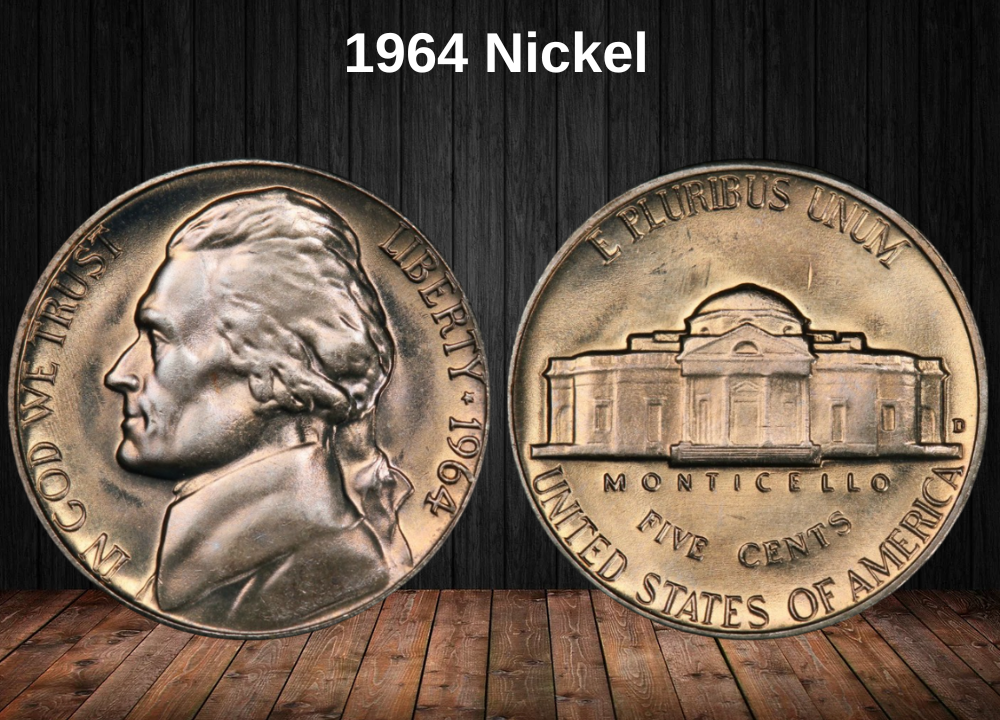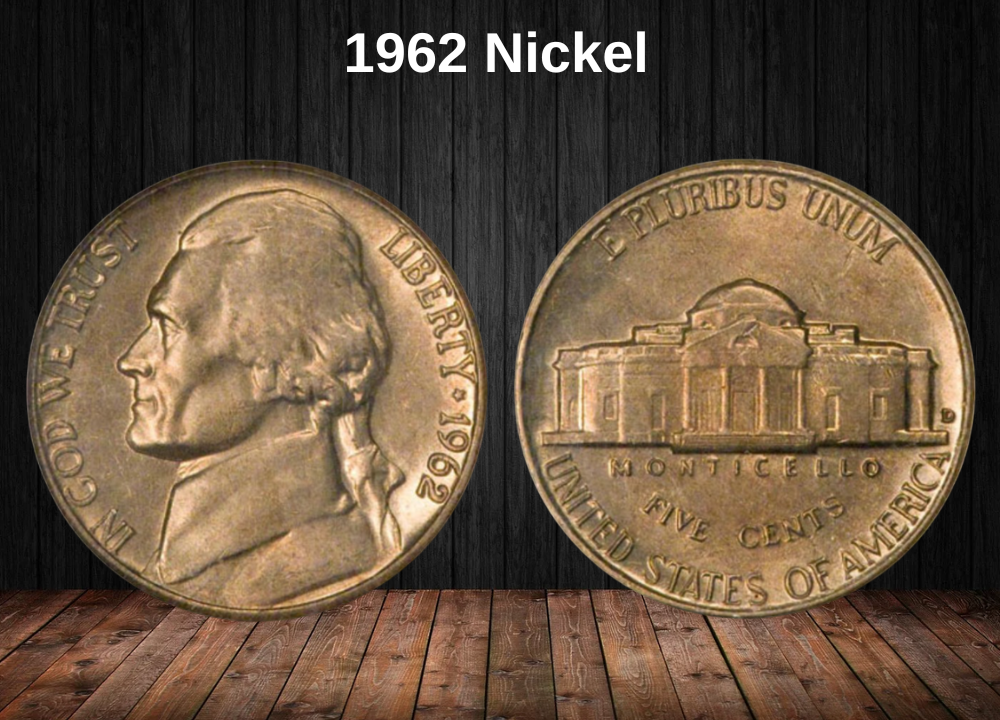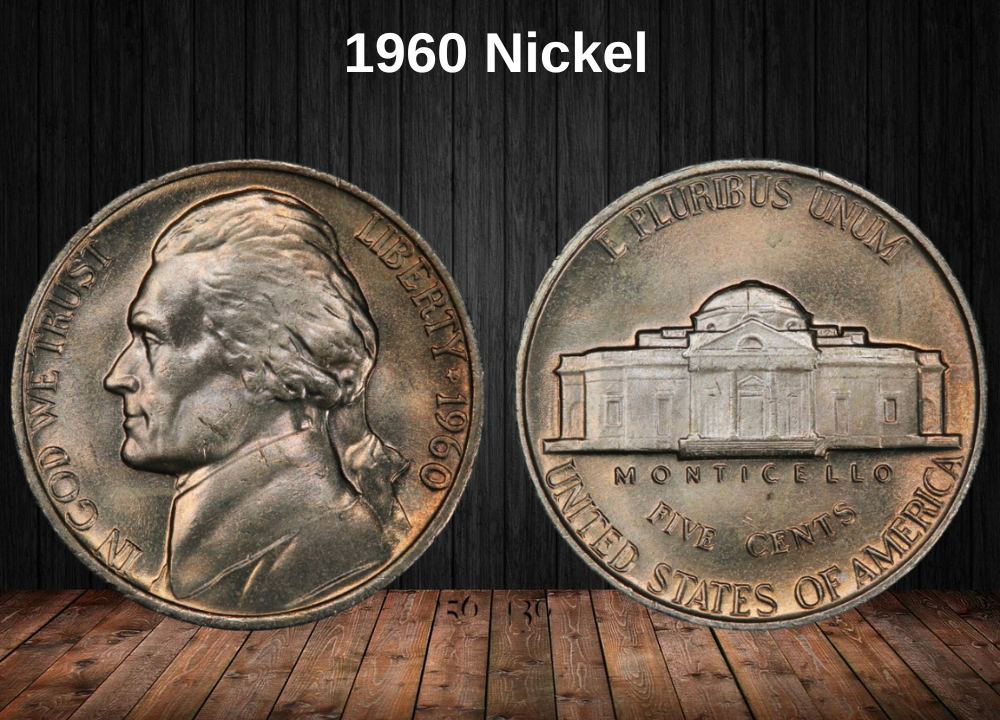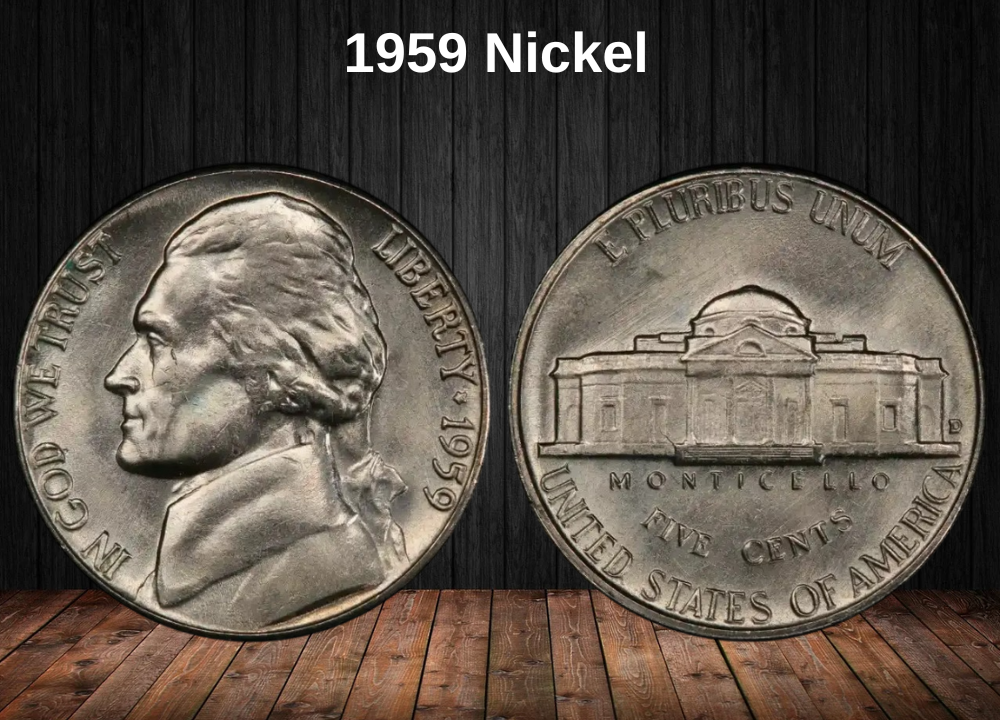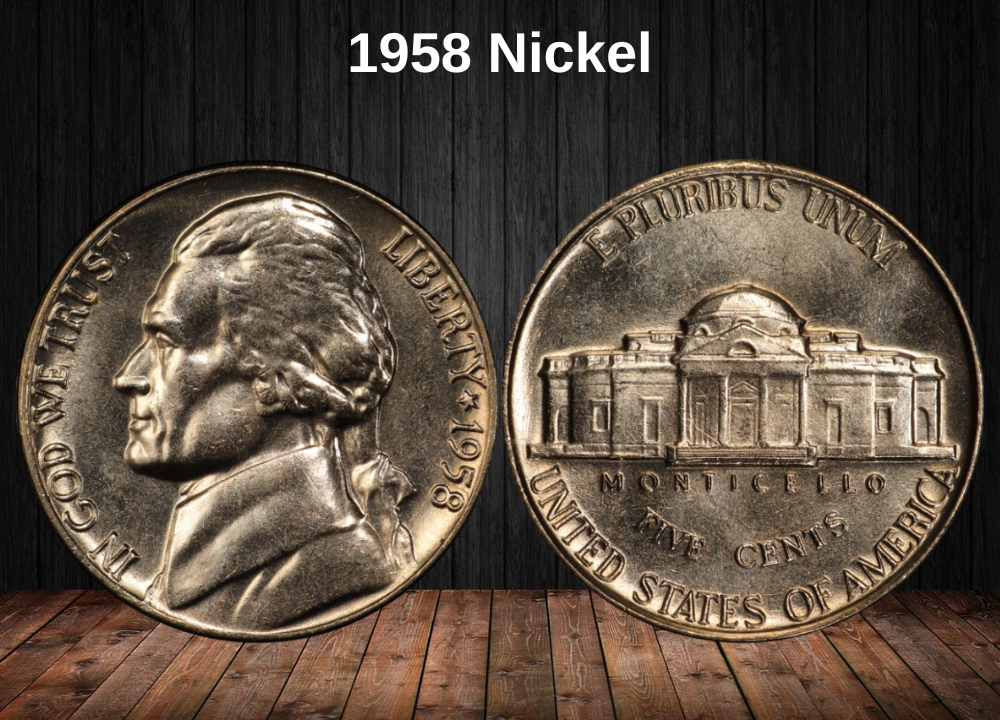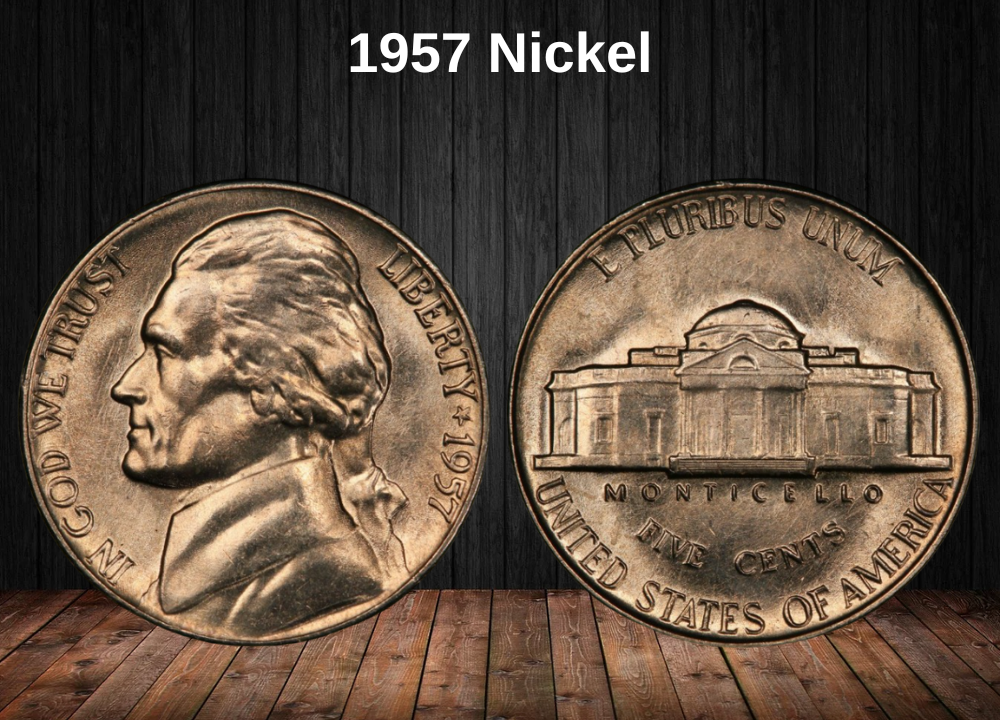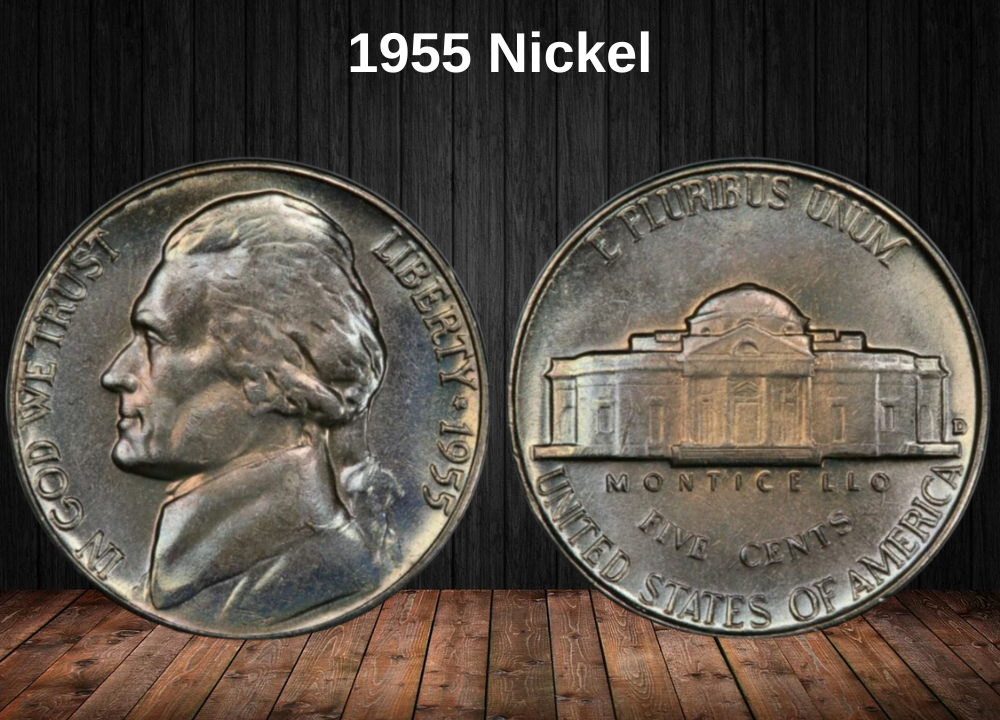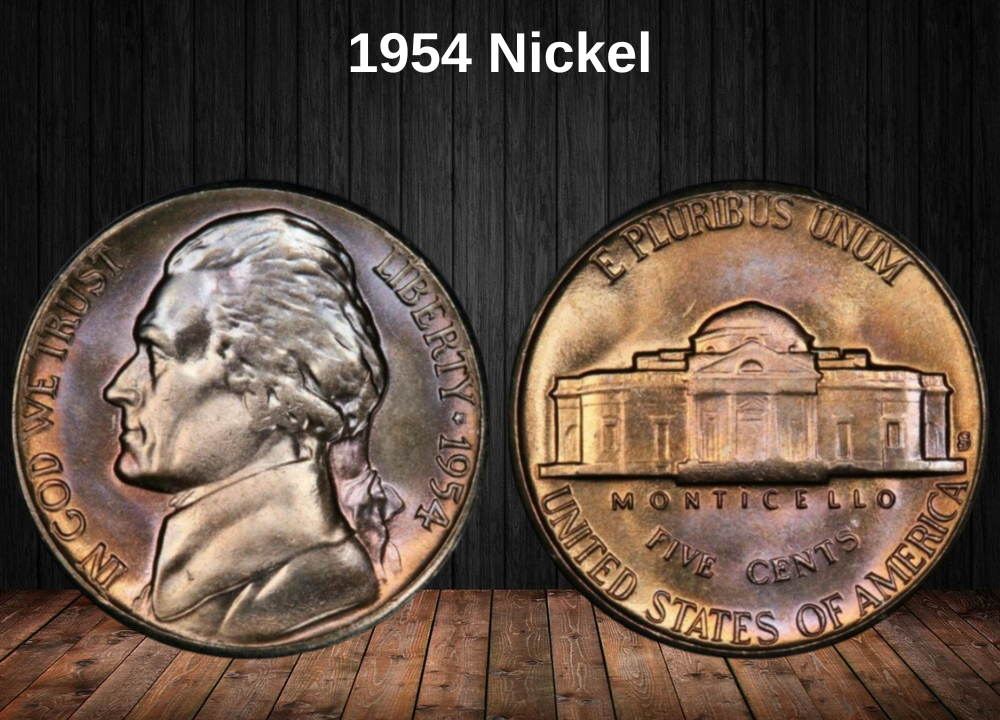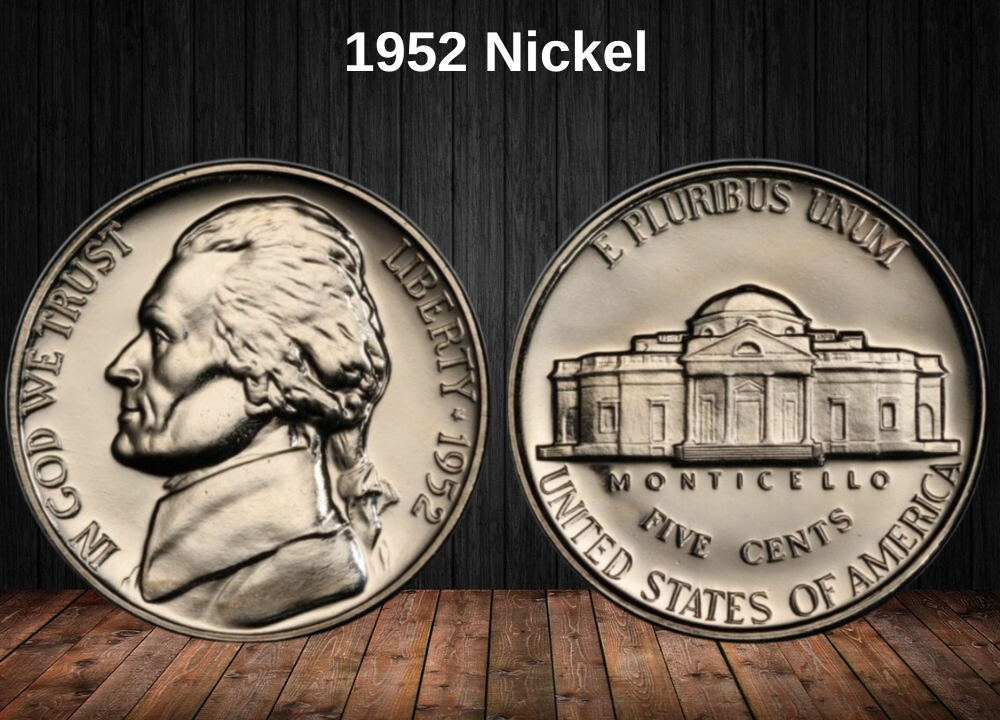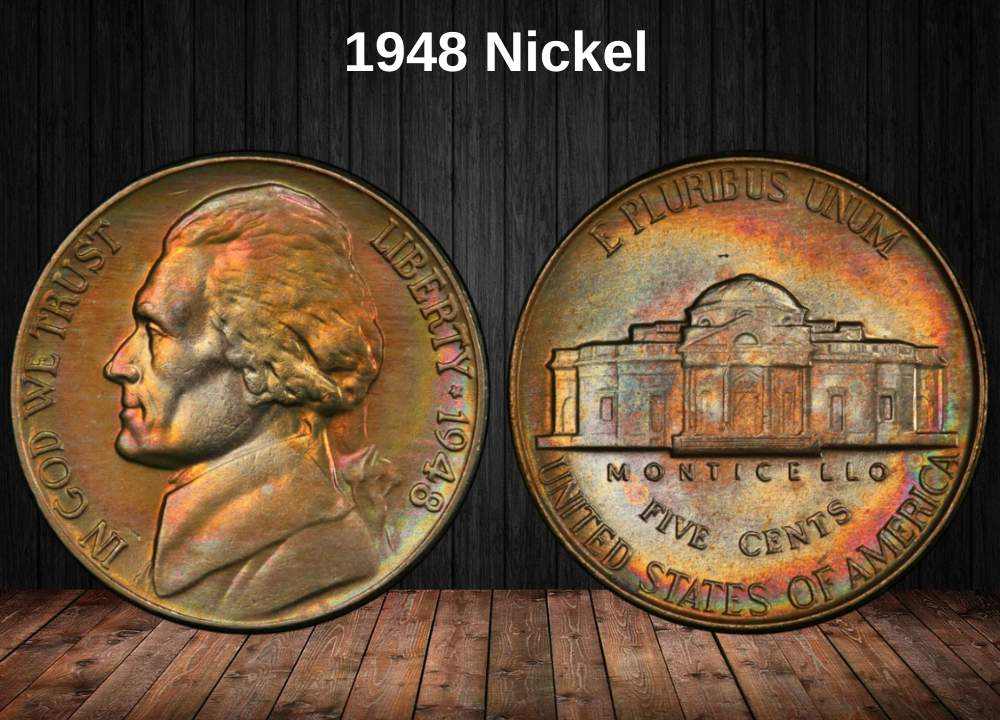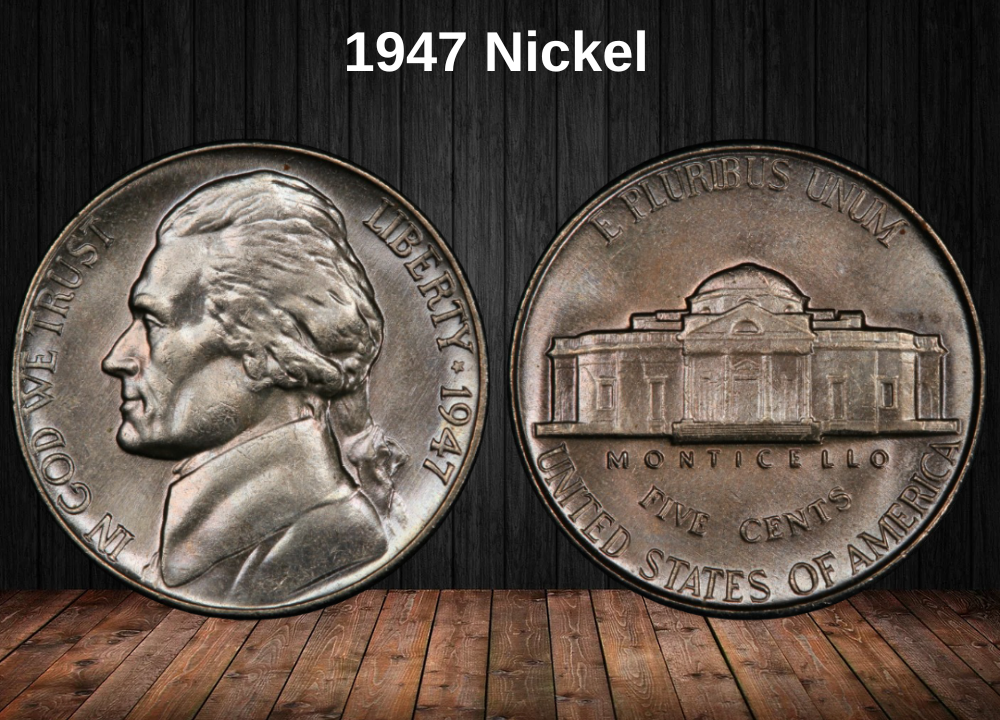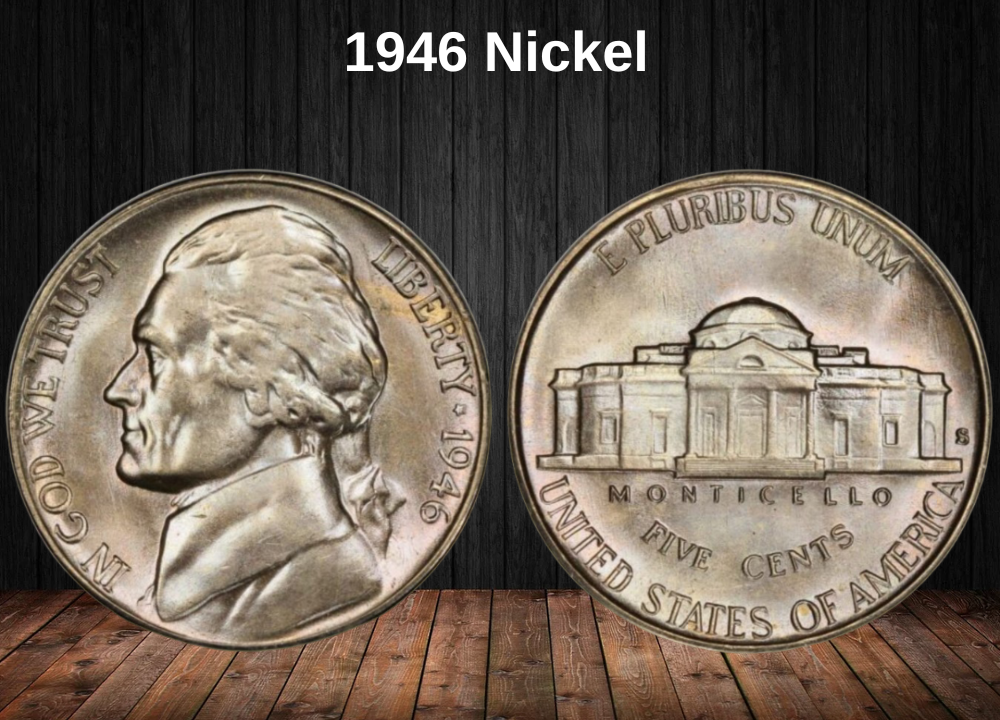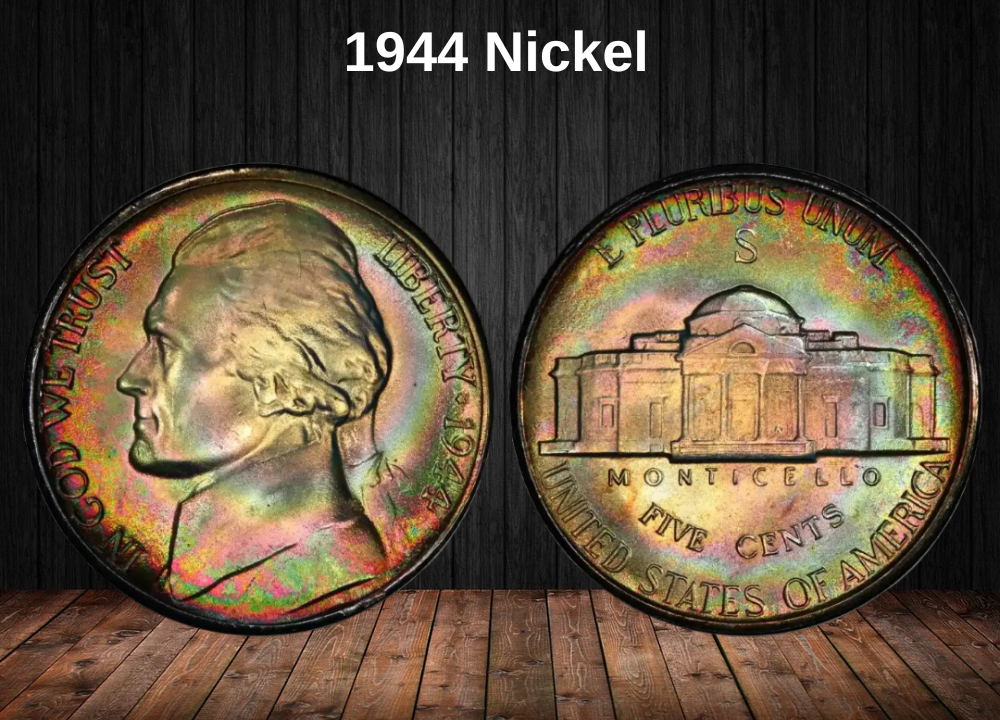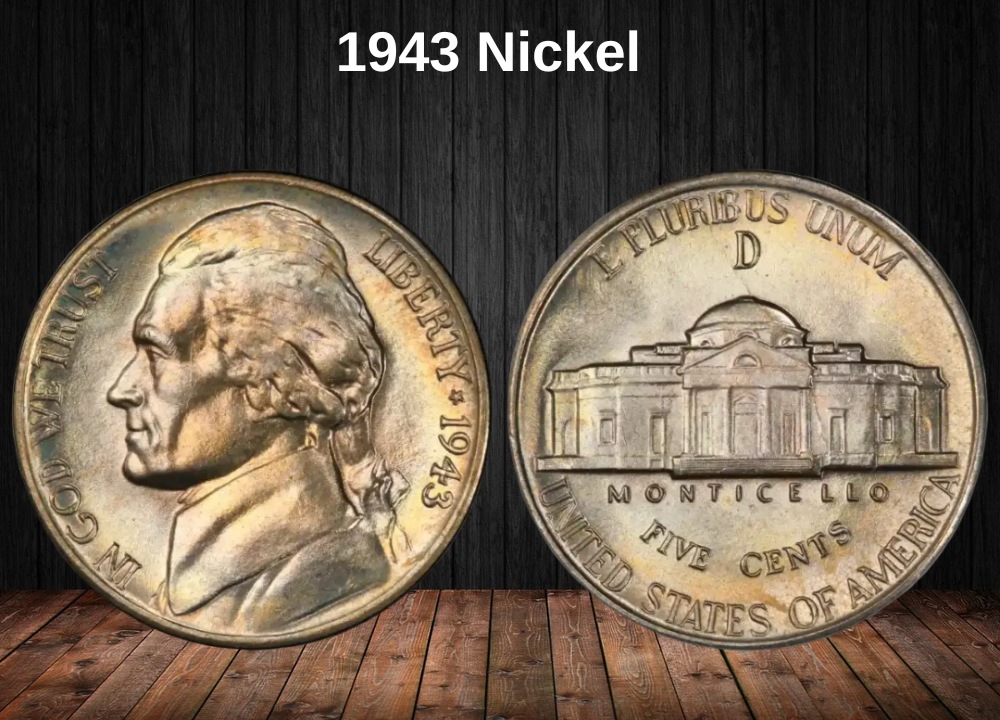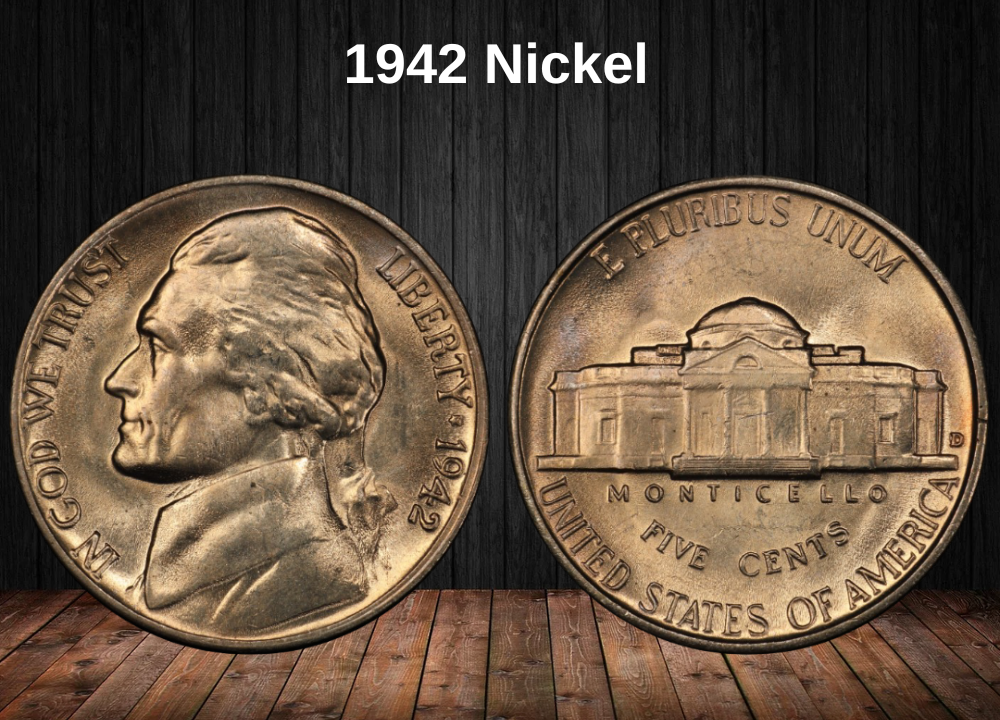The 1963 Jefferson Nickel might seem ordinary — hundreds of millions were minted in both Philadelphia and Denver. But high-grade Full Steps examples, proof coins with Deep Cameo contrast, and rare mint errors can command prices from hundreds to thousands of dollars in today’s market.
This complete guide covers the coin’s history, design, specifications, grading standards, updated 2025 market values, notable errors, and selling tips so you can determine exactly what your 1963 nickel is worth.
1963 Nickel Value Chart — Updated
| Coin & Variety | MS60 | MS64 | MS65 | MS66 | MS67 | PR/PF70 DCAM |
|---|---|---|---|---|---|---|
| 1963-D | $2 | $10 | $20 | $150 | — | — |
| 1963-D Full Steps | $150 | $3,600 | $5,250 | — | — | — |
| 1963 (P) No Mint Mark | $2 | $10 | $14 | $22 | $750 | — |
| 1963 (P) No Mint Mark Full Steps | $10 | $42 | $100 | $425 | $3,000 | — |
| 1963 Proof No Mint Mark | $6 | $8 | $10 | $12 | $15 | $15,000 |
Updated highlights (2025):
- 1963 (P) MS67+ FS — ~$3,500
- 1963-D MS66+ — ~$1,650
- 1963-D FS MS65+ — ~$7,500
- Proof DCAM PR70 — up to $15,000
History of the 1963 Jefferson Nickel
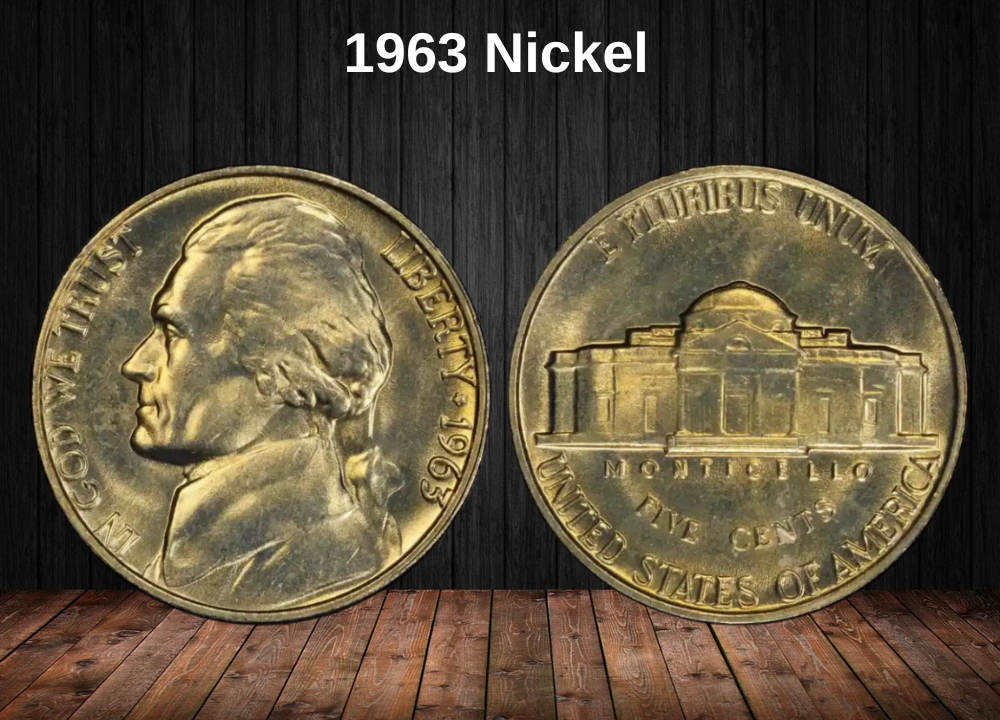
The Jefferson Nickel series began in 1938, replacing the Buffalo Nickel. Designed by Felix Schlag, it honored the 3rd U.S. President, Thomas Jefferson, and depicted his home, Monticello.
Key 1963 context:
- Only Philadelphia (no mint mark) and Denver (“D”) struck nickels that year.
- San Francisco Mint was inactive for nickel production between 1955–1964.
- Proof nickels were struck exclusively in Philadelphia.
- Schlag’s initials didn’t appear on the coin until 1966.
Although silver prices were soaring in the early 1960s, nickels had always been 75% copper and 25% nickel, so they avoided the composition change that affected dimes, quarters, and half dollars in 1965.
Design Features
The Obverse of the 1963 Nickel
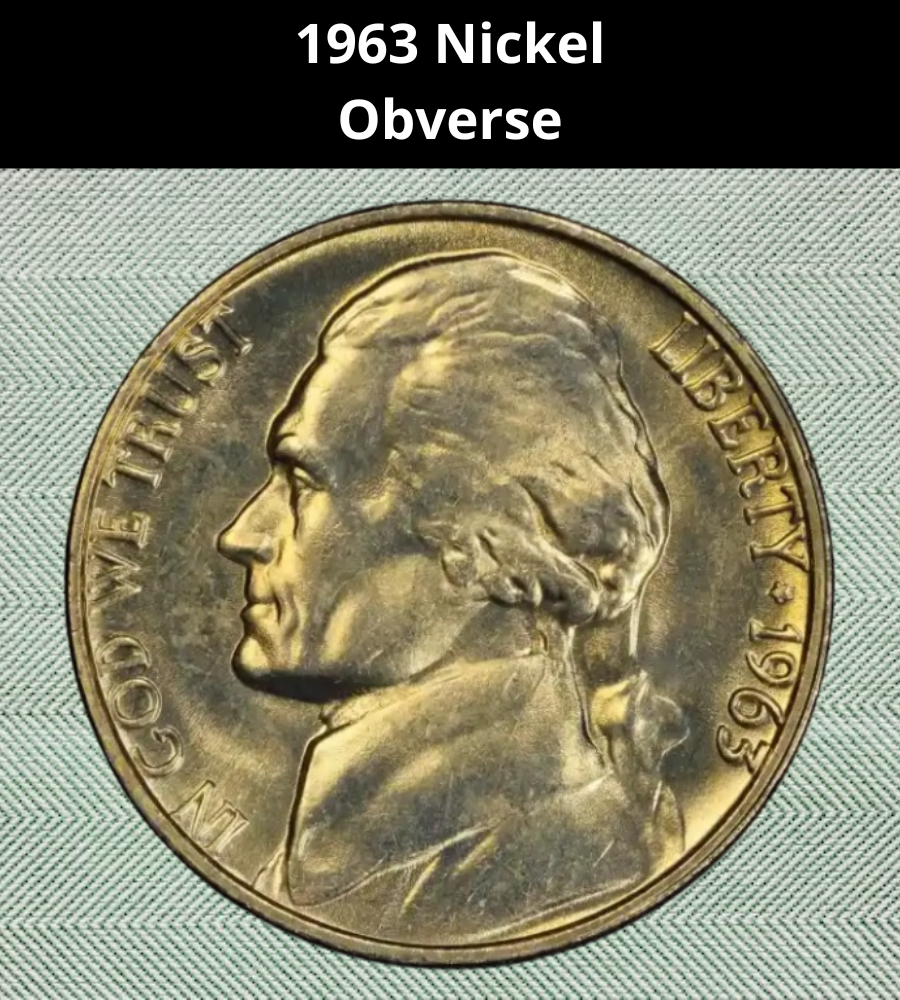
- Portrait of Thomas Jefferson facing left.
- IN GOD WE TRUST along the left rim.
- LIBERTY, star, and date along the right.
The Reverse of the 1963 Nickel
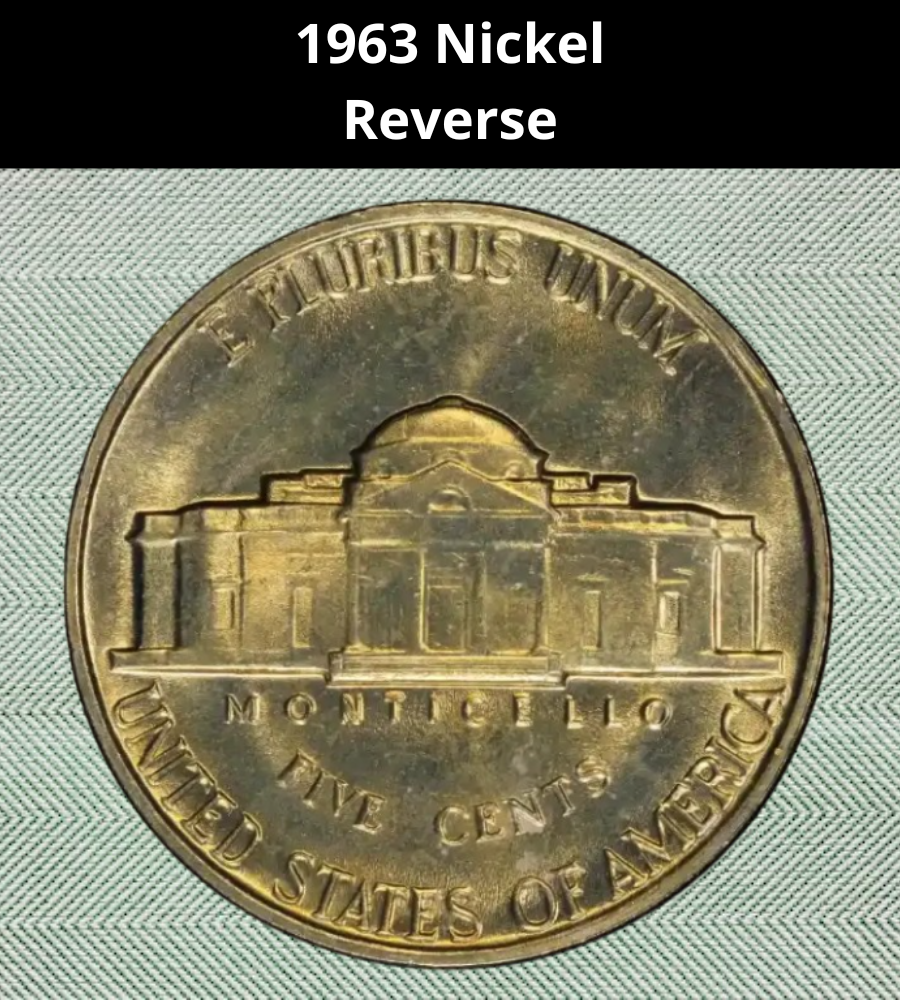
- Head-on view of Monticello.
- E PLURIBUS UNUM at the top.
- MONTICELLO above FIVE CENTS and UNITED STATES OF AMERICA.
- Mint mark to the right of Monticello (Denver coins only).
Physical Specifications
- Composition: 75% copper, 25% nickel
- Weight: 5.00 g
- Diameter: 21.21 mm
- Edge: Plain (no reeding)
1963 Nickel Grading
Coins are graded on the Sheldon Scale (1–70).
| # | Grade |
|---|---|
| 1 | Basal State-1 |
| 2 | Fair |
| 3 | Very Fair |
| 4, 5, 6 | Good |
| 7, 8, 10 | Very Good |
| 12, 15 | Fine |
| 20, 30 | Very Fine |
| 40 | Extremely Fine |
| 50 | About Uncirculated |
| 60 | Mint State |
| 65 | Mint State |
| 70 | Mint State |
- Mint State (MS60–MS70): Uncirculated coins with varying levels of luster and marks.
- Full Steps (FS): Awarded when all 5 or 6 steps on Monticello are sharp and unbroken. FS coins command significant premiums.
1963 Nickel Value Guides
1963-D Nickel Value (Denver)
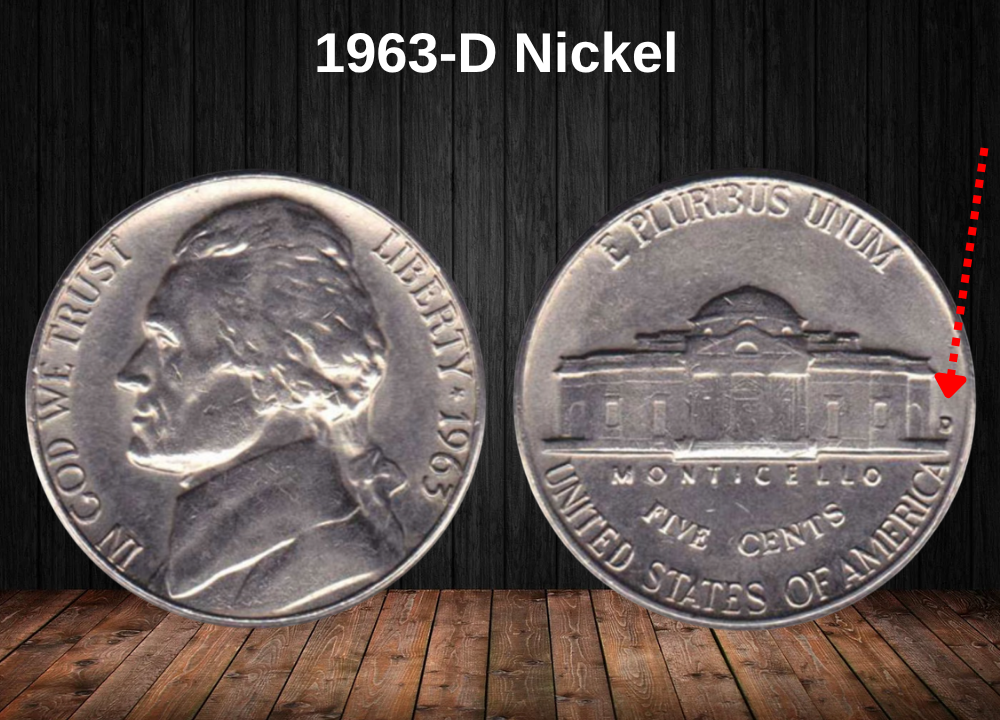
- Mintage: 276,829,460 — the largest output for the nickel that year, making Denver coins common in most grades.
- Circulated examples: Typically only worth face value (5 cents), unless they have unusual mint errors.
- Common uncirculated grades:
- MS60–MS62: $2–$4
- MS63–MS64: $6–$10
These grades have luster but noticeable contact marks and some weak strike areas, especially around Jefferson’s hair and Monticello’s steps.
- High-end examples: MS66+ pieces with strong luster and minimal marks are scarce. PCGS and NGC populations show fewer than 20 examples graded MS66+ as of 2025, valued around $1,650.
- Full Steps premium:
- FS coins from Denver are significantly rarer than non-FS.
- MS65 FS examples regularly sell between $5,250–$7,500 depending on strike quality and eye appeal.
- A record FS MS65 sold for $9,200 in a Heritage Auctions sale (2008).
- No examples graded higher than MS65 FS at PCGS, making this the “stop grade” for registry set collectors.
- Collector tip: Look for strong, uninterrupted lines in the Monticello steps and a sharp roofline; Denver strikes from this era can be weak.
1963 (P) No Mint Mark Nickel Value (Philadelphia)
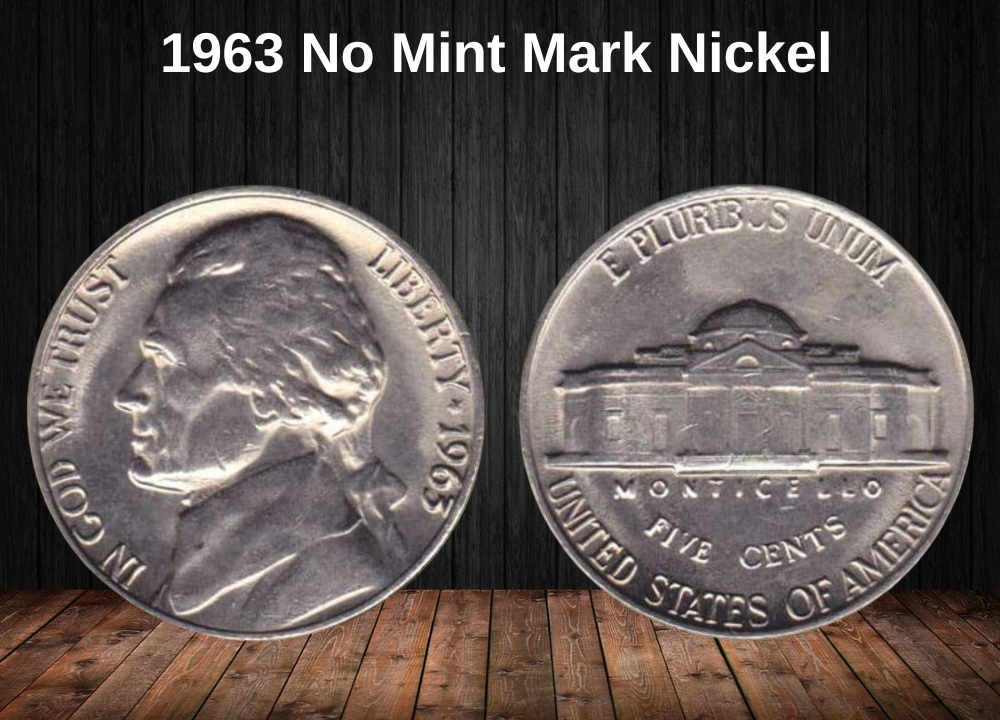
- Mintage: 175,784,000 — smaller than Denver’s, but still high enough to make most grades common.
- Circulated examples: Still easily found in rolls, coin shows, and bulk lots for face value.
- Common uncirculated grades:
- MS60–MS62: $2–$4
- MS63–MS64: $6–$10
- MS65: $14–$20 without FS designation.
- High-grade scarcity:
- MS67+ is an extreme rarity — only two examples certified by PCGS as of 2025, each valued at about $3,500.
- MS67 examples are already difficult to locate due to strike quality and storage damage over decades.
- Full Steps premium:
- MS67 FS: Valued around $3,000.
- MS66+ FS: Around $1,200 — still rare, with fewer than 15 examples known.
- Market trend: Philadelphia coins tend to show slightly better strike quality than Denver’s for this year, but FS coins remain elusive due to die wear and planchet preparation.
1963 Proof Nickel Value (Philadelphia)
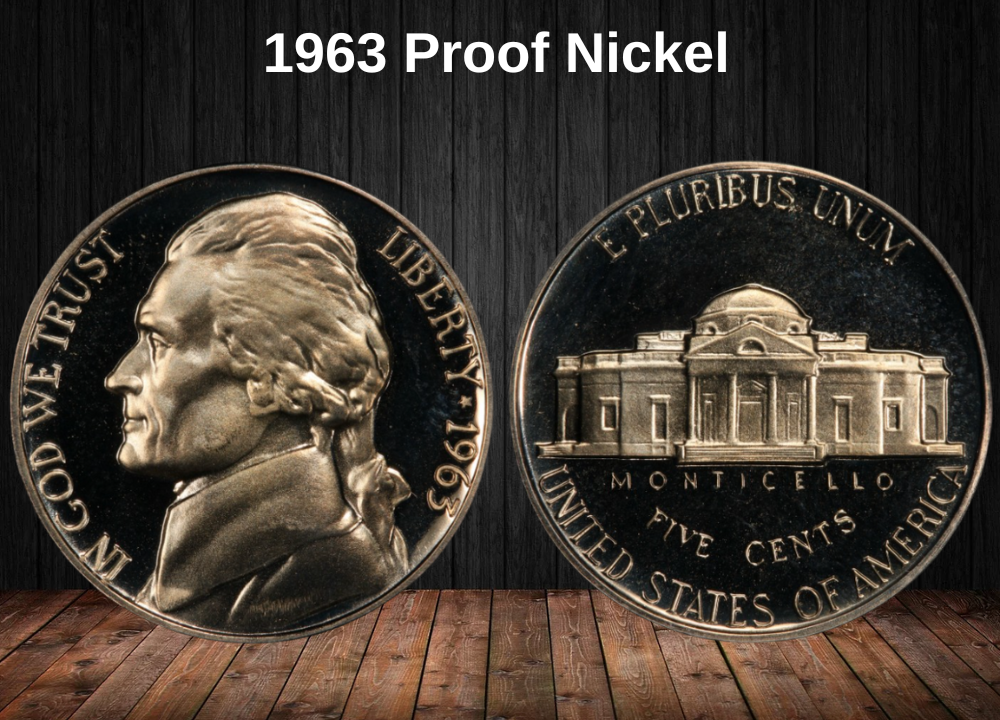
- Mintage: 3,075,645 — all struck at Philadelphia for collectors and sold in proof sets.
- Production quality:
- Proof nickels from 1963 were struck on specially polished planchets using polished dies.
- Early strikes often show sharp, frosted devices (Cameo effect) against mirror-like fields.
- As dies wore down, cameo contrast faded, producing standard Proofs.
- Standard Proofs: PR60–PR69 range from $6 to $70 depending on clarity, haze, and spotting. PR69 non-Cameo is the top grade for typical proof surfaces.
- Cameo (CAM):
- PR69 CAM coins with crisp frosted devices are valued around $75.
- Cameo contrast in 1963 proofs is moderately common compared to earlier years, but flawless examples are still prized.
- Deep Cameo (DCAM):
- PR70 DCAM coins are ultra-rare; populations are often single digits or none certified.
- A PR70 DCAM commands up to $15,000 in the right market.
- PR69 DCAM coins trade in the $350–$450 range depending on eye appeal.
- Collector tip: Deep Cameo proofs show heavy frost on Jefferson’s bust and Monticello, with sharp separation from the mirrored fields — any breaks in frost lower the designation.
Rare 1963 Nickel Errors (With Identification Tips)
1. Tripled Die Reverse (TDR) — Philadelphia
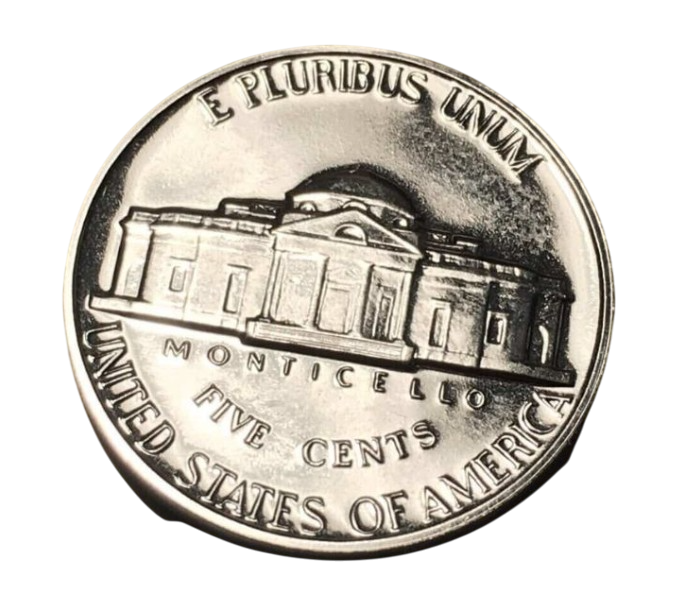
Description:
Occurs when the working die shifts slightly between three separate impressions from the master hub. Each misalignment creates a faint duplicate image. This tripling is transferred to every coin struck from that die.
How to Detect:
- Use a 10× loupe to examine E PLURIBUS UNUM and Monticello’s architectural lines.
- Look for three distinct outlines around the letters and building features.
- Tripling is usually strongest at the tops or sides of letters.
Value:
MS64 ~ $165
MS65 ~ $300
2. Doubled Die Reverse (DDR)
Description:
Similar to TDR but only involves two impressions. It can occur on either side of the coin, but the DDR is known for 1963 with noticeable doubling on the reverse.
How to Detect:
- Look at E PLURIBUS UNUM, MONTICELLO, and the steps.
- Doubling appears as a shadow-like second line or thickening of letters.
- On FS coins, check for doubling in the step lines — a rare combination.
Value:
PF66 example ~ $40
Higher values possible for Mint State business strikes.
3. Double Struck, 75% Off-Center — Denver
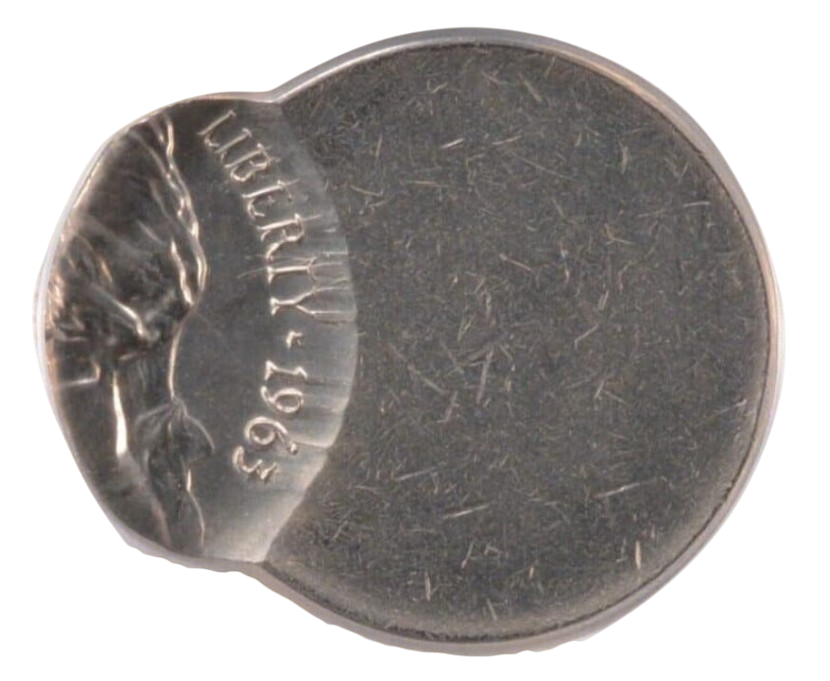
Description:
The coin was struck normally, then partially ejected before being struck again far off-center. This produces overlapping designs.
How to Detect:
- One side of the coin shows two Jefferson profiles or two Monticellos.
- One image will be partial, the other offset by 50–75% of the coin’s diameter.
- The rim on the off-center area will be missing or very thin.
Value:
MS63 ~ $100+
More dramatic off-centers can reach several hundred dollars.
4. Struck on Dime Planchet — Denver
Description:
A 1963 nickel was mistakenly struck on a blank meant for a silver Roosevelt dime (90% silver, 10% copper).
How to Detect:
- Weight: ~ 2.50 g (instead of 5.00 g).
- Diameter: Smaller than a nickel (17.91 mm for dimes).
- Part of the design (like LIBERTY or Monticello’s edges) will be cut off.
- Color: Bright silver tone from the dime alloy.
Value:
MS62 ~ $550
5. Struck on Cent Planchet — Philadelphia
Description:
A nickel struck on a copper Lincoln cent blank (95% copper, 5% zinc/tin).
How to Detect:
- Weight: ~ 3.11 g
- Diameter: 19.05 mm (smaller than a nickel).
- Obvious reddish-brown copper color.
- Some lettering/design will be missing along the rim due to smaller size.
Value:
MS63 RB ~ $300–$380
6. RPM (Repunched Mint Mark) — Denver
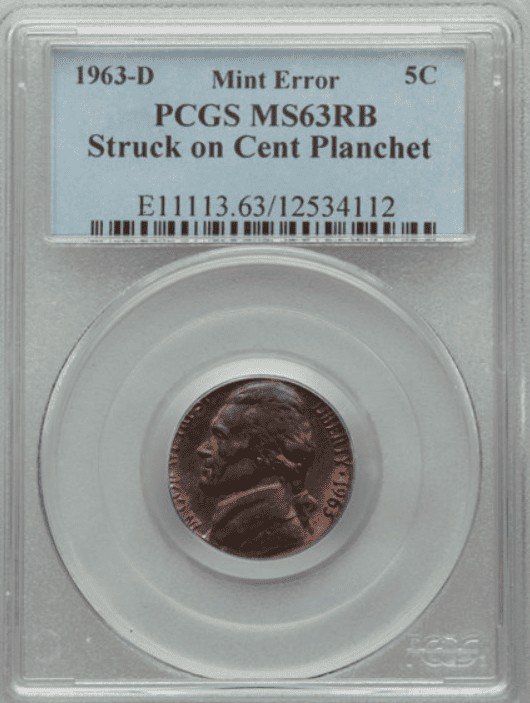
Description:
Before 1990, mint marks were hand-punched into the working dies. If the punch shifted slightly, a secondary image of the mint mark remained visible.
How to Detect:
- Look at the “D” mint mark on the reverse (to the right of Monticello).
- Under magnification, see if there’s a shadow or partial D above, below, or beside the main mint mark.
- Some RPMs look like doubling; true RPMs involve two separate punches.
Value:
MS65 ~ $175
7. Struck Through Retained Staple — Denver
Description:
A foreign object — in this case, a staple — was caught between the die and the planchet during striking. The staple was pressed into the coin and remained lodged.
How to Detect:
- You’ll see an indent or impression in the coin shaped like the object.
- If retained, the staple will still be embedded; if missing, you may see a recessed “channel” where it was.
- Often accompanied by distortion in nearby design elements.
Value:
AU50 ~ $550
Higher grades with retained objects can command more.
Where to sell your nickel?
Now that you’re aware of your nickel’s value, you may be curious about the best places to sell it. Don’t worry: here’s a rundown of some top online marketplaces where you can conveniently sell your nickels, along with their benefits and drawbacks.
Explore the best platforms for selling nickels online (advantages and disadvantages).
FAQs About the 1963 Nickel
Do 1963 nickels contain silver?
No — all nickels have been cupronickel since 1866, except WWII War Nickels (1942–1945), which contained 35% silver.
What makes a 1963 nickel valuable?
High-grade Full Steps coins, rare mint errors, off-metal strikes, and high-grade proofs with strong Cameo or Deep Cameo contrast.
Should I grade my 1963 nickel?
Yes, if it’s uncirculated, has Full Steps, or shows a dramatic error. Certification from PCGS or NGC can significantly increase buyer confidence and resale value.
Where is the mint mark located?
On the reverse, to the right of Monticello. A “D” means Denver Mint; absence of a mint mark means Philadelphia.
Will cleaning my coin increase value?
No — cleaning usually causes scratches, alters the natural surface, and lowers numismatic value.
How can I tell if my 1963 nickel has Full Steps?
Examine Monticello’s steps on the reverse under magnification. All 5 or 6 steps must be fully visible, with sharp, unbroken lines and no blending.
What is the difference between a proof and a business strike?
Proofs are struck on polished planchets with specially prepared dies, producing mirror-like fields and frosted details. Business strikes are made for circulation and typically lack this mirror finish.
Why are some 1963 nickels copper-colored?
They may be off-metal errors struck on a cent planchet, or they could have environmental toning that changes the surface color.
Can 1963 nickels be found in circulation today?
Yes, but high-grade or error examples are rare in pocket change. Most valuable pieces are found in collections, rolls, or old hoards.
What’s the highest price paid for a 1963 nickel?
- Denver FS MS65 sold for $9,200 in 2008.
- PR70 Deep Cameo proofs have reached up to $15,000.
- Unique error coins have also sold for thousands.
Do all 1963-D nickels have more value than Philadelphia nickels?
Not necessarily. While certain Denver Full Steps examples are very valuable, common-grade coins from both mints have similar low values.

